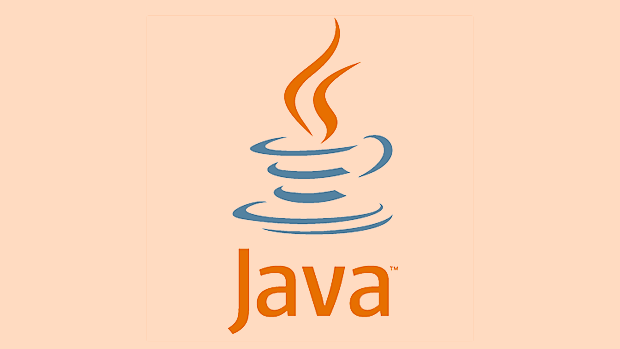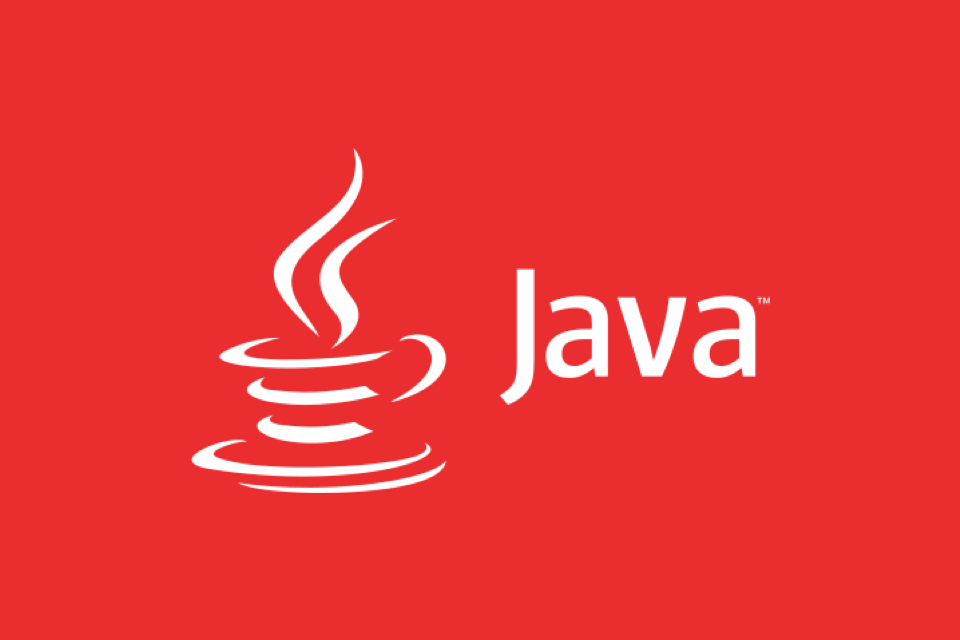Java Reflection API: Use Cases and Performance Implications
Jul 26, 2025 am 01:08 AMReflection is often used in framework implementation, unit testing, plug-in systems and annotation processing; 2. There are problems such as high performance overhead, lack of compilation checking, corruption of encapsulation and limitation of JIT optimization; 3. The impact can be mitigated by cached reflective objects, using setAccessible, MethodHandle, and initialization stage execution; 4. Reflection should not be used in high-frequency calls, performance-sensitive or statically determined scenarios, because it is powerful but expensive, and it needs to be weighed carefully.

Java's Reflection API allows programs to check and operate structure information such as classes, methods, fields and other types at runtime. While it provides great flexibility, it also comes with performance overhead and security risks. Let’s discuss its typical usage scenarios and performance impacts.

1. Common usage scenarios of reflection
1. Implementation of frameworks and libraries (such as Spring, Hibernate)
Most modern Java frameworks rely on reflection to implement functions such as dependency injection, object-relational mapping (ORM), and serialization.
- Spring uses reflection to instantiate beans, call the fields or methods marked by
@Autowiredannotation. - Hibernate accesses private fields of an entity class through reflection without gettingter/setter.
- JSON serialization libraries (such as Jackson, Gson) use reflection to read object fields and convert them to JSON.
// Example: Call the setter method through reflection Method method = obj.getClass().getMethod("setName", String.class);
method.invoke(obj, "John");This type of framework requires dynamically handling unknown types at runtime, and reflection is almost the only option.

2. Unit Testing and Tools
Test frameworks (such as JUnit) use reflection to find and call methods marked by @Test annotation.
@Test
public void myTest() { ... }JUnit scans all methods in the class, recognizes annotations and executes test cases.

3. Plug-in system and module loading
In systems that require dynamic loading of external JARs or extension modules, reflection can load classes by name and create instances.
Class<?> clazz = Class.forName("com.example.PluginImpl");
Plugin p = (Plugin) clazz.newInstance();This is common in OSGi, Java Agent, or custom plug-in architectures.
4. Annotation processing and metadata-driven programming
Behavior customization is achieved by reflecting the annotations on classes, methods or fields.
if (method.isAnnotationPresent(Transactional.class)) {
// Start transaction}Many AOP (sectional-oriented programming) logic relies on such mechanisms.
2. Reflection performance issues
Despite its powerful function, reflection is much slower than direct calls, and the main reasons are as follows:
1. The method call overhead is large
When calling the method through Method.invoke() , the JVM cannot perform inline optimization, and each call requires access checking, parameter encapsulation, etc.
- Direct call : Binding during compilation, JVM can be optimized.
- Reflection call : Runtime parsing, involving
Methodobjects, parameter arrays, and access control checks.
Performance gap : Usually 2 to 10 times slower than direct calls, and the gap is more obvious when frequently calls.
2. Lack of compile-time checking
The reflected code will not report an error during compilation, and the error can only be exposed at runtime, which increases the difficulty of debugging.
// Compile passes, but runtime reports NoSuchMethodException
Method m = obj.getClass().getMethod("nonExistMethod");3. Security and access control bypass
Reflection can access private members, destroying encapsulation. Although restricted through the Security Manager, there are risks by default.
Field field = obj.getClass().getDeclaredField("secret");
field.setAccessible(true); // Bypass private
field.set(obj, "hacked");4. JIT optimization is limited
The JVM's instant compiler (JIT) optimization for reflective calls is very limited, especially invoke() calls that are difficult to inline or devide.
3. How to mitigate the performance impact
Although performance losses cannot be completely avoided, they can be mitigated by:
? Cache reflective objects
Repeated acquisition of Class , Method , Field is expensive and these objects should be cached.
private static final Map<String, Method> METHOD_CACHE = new ConcurrentHashMap<>();
Method method = METHOD_CACHE.computeIfAbsent("setName",
name -> clazz.getMethod(name, String.class)); ? Use setAccessible(true) to reduce access checking
For frequently accessed private members, setting setAccessible(true) reduces the security check overhead per call.
Note: After the first setting, subsequent calls will be faster, but security needs to be ensured.
? Consider using MethodHandle (Java 7)
java.lang.invoke.MethodHandle provides a lighter, better performance alternative than reflection, and is more supported by JIT optimization.
MethodHandles.Lookup lookup = MethodHandles.lookup();
MethodHandle mh = lookup.findVirtual(String.class, "length",
MethodType.methodType(int.class));
int len = (int) mh.invokeExact("hello"); MethodHandle is closer to the JVM underlying layer, and performance is closer to direct calls.
? Perform reflection operations at startup
Try to place time-consuming operations such as class scanning and annotation processing in the application initialization stage rather than in the request processing path.
4. When shouldn’t you use reflection?
- Business logic for high-frequency calls : For example, if a method is called thousands of times per second, reflection should be avoided.
- Performance-sensitive systems : such as high-frequency trading, real-time data processing.
- Staticly determined behavior : If it can be solved by interface, inheritance or factory mode, reflection is preferred.
Basically that's it. Reflection is a double-edged sword—powerful but expensive. Indispensable in frameworks and general tools, but should be used with caution in the core business path. It is recommended to replace performance-critical scenarios with cache, MethodHandle or code generation (such as CGLIB, ASM).
The above is the detailed content of Java Reflection API: Use Cases and Performance Implications. For more information, please follow other related articles on the PHP Chinese website!

Hot AI Tools

Undress AI Tool
Undress images for free

Undresser.AI Undress
AI-powered app for creating realistic nude photos

AI Clothes Remover
Online AI tool for removing clothes from photos.

Clothoff.io
AI clothes remover

Video Face Swap
Swap faces in any video effortlessly with our completely free AI face swap tool!

Hot Article

Hot Tools

Notepad++7.3.1
Easy-to-use and free code editor

SublimeText3 Chinese version
Chinese version, very easy to use

Zend Studio 13.0.1
Powerful PHP integrated development environment

Dreamweaver CS6
Visual web development tools

SublimeText3 Mac version
God-level code editing software (SublimeText3)
 VSCode settings.json location
Aug 01, 2025 am 06:12 AM
VSCode settings.json location
Aug 01, 2025 am 06:12 AM
The settings.json file is located in the user-level or workspace-level path and is used to customize VSCode settings. 1. User-level path: Windows is C:\Users\\AppData\Roaming\Code\User\settings.json, macOS is /Users//Library/ApplicationSupport/Code/User/settings.json, Linux is /home//.config/Code/User/settings.json; 2. Workspace-level path: .vscode/settings in the project root directory
 How to handle transactions in Java with JDBC?
Aug 02, 2025 pm 12:29 PM
How to handle transactions in Java with JDBC?
Aug 02, 2025 pm 12:29 PM
To correctly handle JDBC transactions, you must first turn off the automatic commit mode, then perform multiple operations, and finally commit or rollback according to the results; 1. Call conn.setAutoCommit(false) to start the transaction; 2. Execute multiple SQL operations, such as INSERT and UPDATE; 3. Call conn.commit() if all operations are successful, and call conn.rollback() if an exception occurs to ensure data consistency; at the same time, try-with-resources should be used to manage resources, properly handle exceptions and close connections to avoid connection leakage; in addition, it is recommended to use connection pools and set save points to achieve partial rollback, and keep transactions as short as possible to improve performance.
 Mastering Dependency Injection in Java with Spring and Guice
Aug 01, 2025 am 05:53 AM
Mastering Dependency Injection in Java with Spring and Guice
Aug 01, 2025 am 05:53 AM
DependencyInjection(DI)isadesignpatternwhereobjectsreceivedependenciesexternally,promotingloosecouplingandeasiertestingthroughconstructor,setter,orfieldinjection.2.SpringFrameworkusesannotationslike@Component,@Service,and@AutowiredwithJava-basedconfi
 python itertools combinations example
Jul 31, 2025 am 09:53 AM
python itertools combinations example
Jul 31, 2025 am 09:53 AM
itertools.combinations is used to generate all non-repetitive combinations (order irrelevant) that selects a specified number of elements from the iterable object. Its usage includes: 1. Select 2 element combinations from the list, such as ('A','B'), ('A','C'), etc., to avoid repeated order; 2. Take 3 character combinations of strings, such as "abc" and "abd", which are suitable for subsequence generation; 3. Find the combinations where the sum of two numbers is equal to the target value, such as 1 5=6, simplify the double loop logic; the difference between combinations and arrangement lies in whether the order is important, combinations regard AB and BA as the same, while permutations are regarded as different;
 Troubleshooting Common Java `OutOfMemoryError` Scenarios
Jul 31, 2025 am 09:07 AM
Troubleshooting Common Java `OutOfMemoryError` Scenarios
Jul 31, 2025 am 09:07 AM
java.lang.OutOfMemoryError: Javaheapspace indicates insufficient heap memory, and needs to check the processing of large objects, memory leaks and heap settings, and locate and optimize the code through the heap dump analysis tool; 2. Metaspace errors are common in dynamic class generation or hot deployment due to excessive class metadata, and MaxMetaspaceSize should be restricted and class loading should be optimized; 3. Unabletocreatenewnativethread due to exhausting system thread resources, it is necessary to check the number of threads, use thread pools, and adjust the stack size; 4. GCoverheadlimitexceeded means that GC is frequent but has less recycling, and GC logs should be analyzed and optimized.
 python pytest fixture example
Jul 31, 2025 am 09:35 AM
python pytest fixture example
Jul 31, 2025 am 09:35 AM
fixture is a function used to provide preset environment or data for tests. 1. Use the @pytest.fixture decorator to define fixture; 2. Inject fixture in parameter form in the test function; 3. Execute setup before yield, and then teardown; 4. Control scope through scope parameters, such as function, module, etc.; 5. Place the shared fixture in conftest.py to achieve cross-file sharing, thereby improving the maintainability and reusability of tests.
 How to work with Calendar in Java?
Aug 02, 2025 am 02:38 AM
How to work with Calendar in Java?
Aug 02, 2025 am 02:38 AM
Use classes in the java.time package to replace the old Date and Calendar classes; 2. Get the current date and time through LocalDate, LocalDateTime and LocalTime; 3. Create a specific date and time using the of() method; 4. Use the plus/minus method to immutably increase and decrease the time; 5. Use ZonedDateTime and ZoneId to process the time zone; 6. Format and parse date strings through DateTimeFormatter; 7. Use Instant to be compatible with the old date types when necessary; date processing in modern Java should give priority to using java.timeAPI, which provides clear, immutable and linear
 Understanding the Java Virtual Machine (JVM) Internals
Aug 01, 2025 am 06:31 AM
Understanding the Java Virtual Machine (JVM) Internals
Aug 01, 2025 am 06:31 AM
TheJVMenablesJava’s"writeonce,runanywhere"capabilitybyexecutingbytecodethroughfourmaincomponents:1.TheClassLoaderSubsystemloads,links,andinitializes.classfilesusingbootstrap,extension,andapplicationclassloaders,ensuringsecureandlazyclassloa






